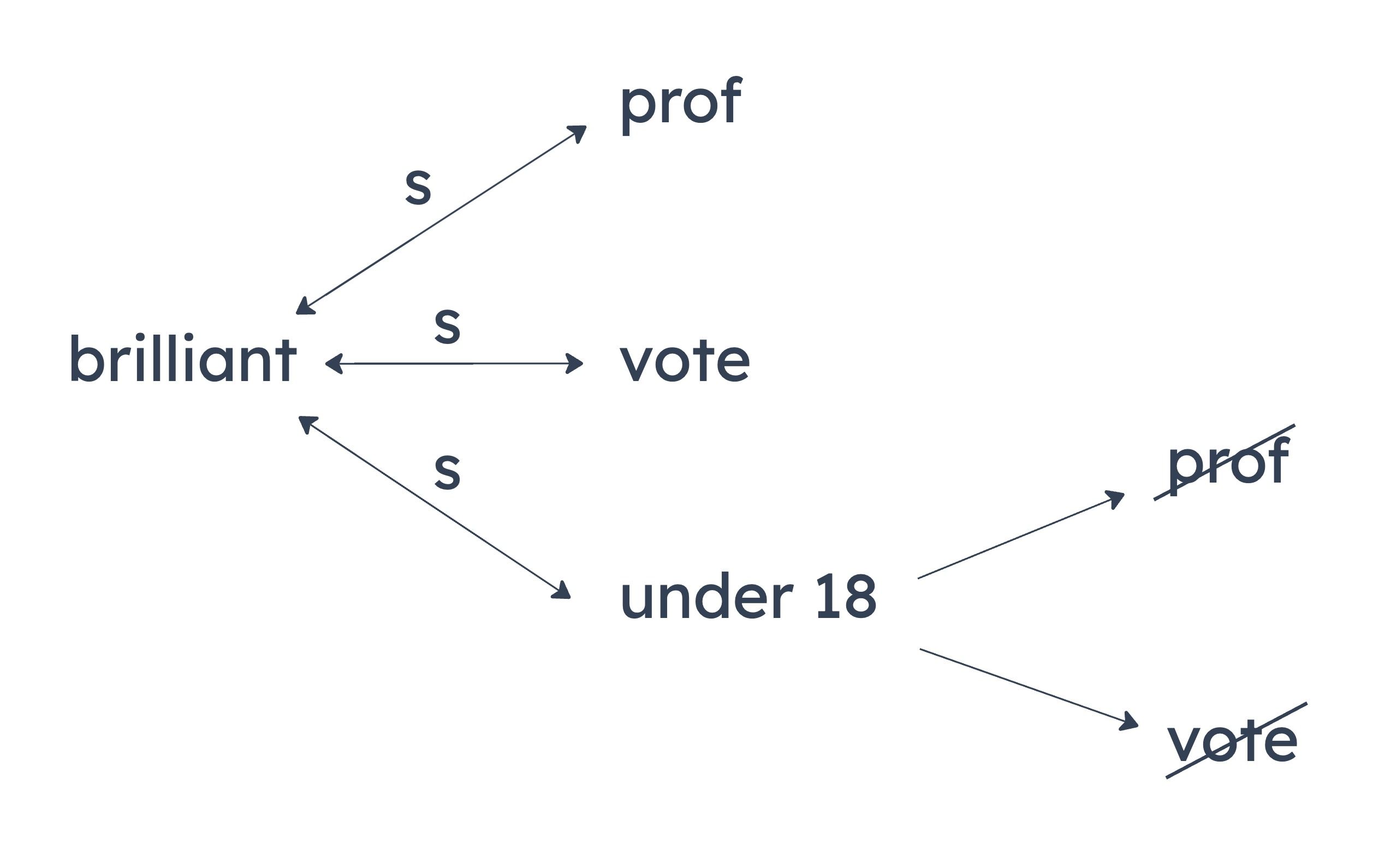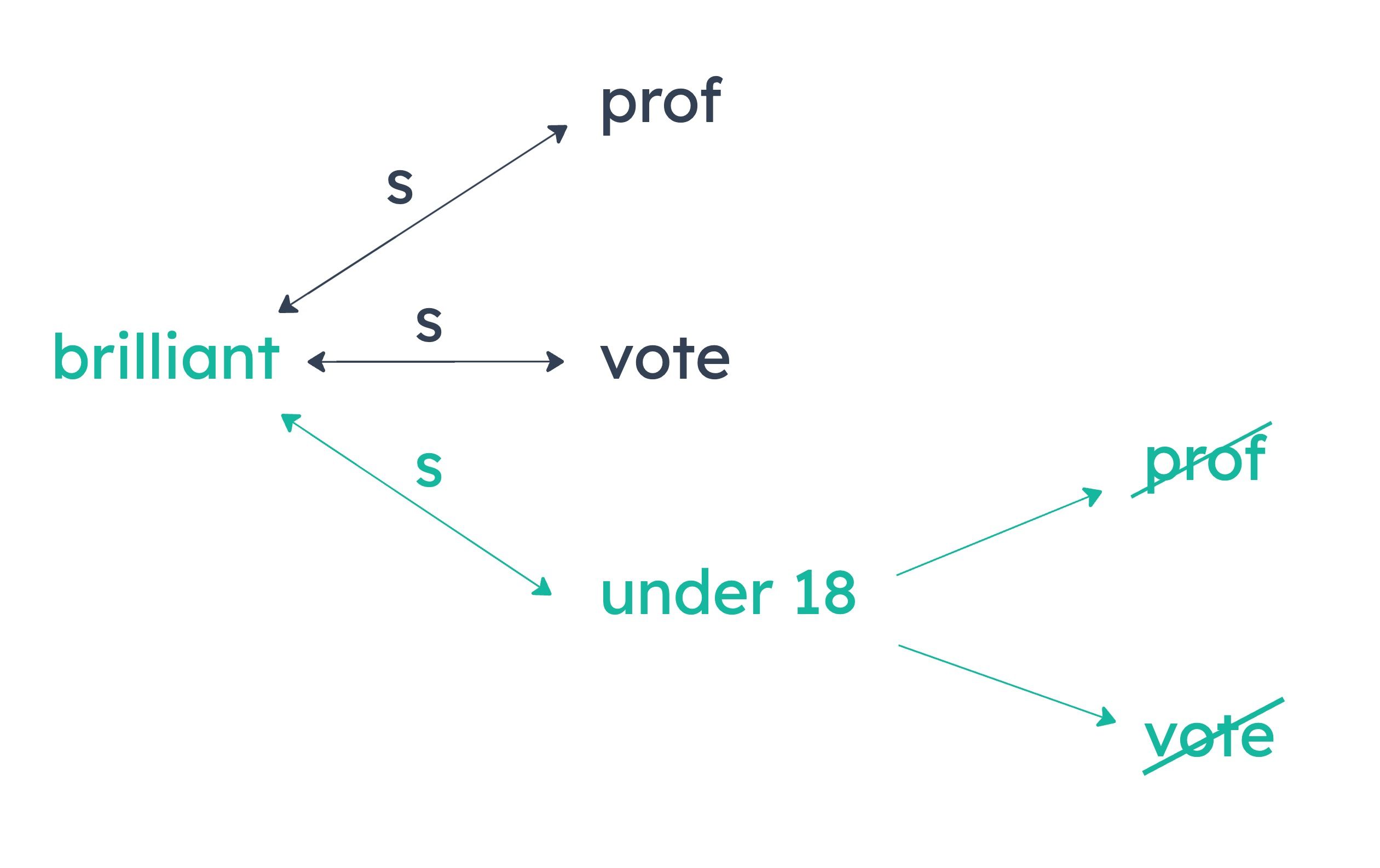Summarize Argument
The researcher concludes the study does not support recommending North Americans eat fewer calories to extend their lives. Why not? Because unnaturally calorific laboratory diets are the reason a reduced-calorie diet increased longevity in the study.
Notable Assumptions
The researcher assumes that North Americans’ diets are more in line with their natural calorie intake than the diets of laboratory animals. Furthermore, she assumes the animals studied had a pre-diet calorie intake typical for laboratory animals.
A
North Americans, on average, consume a higher number of calories than the optimal number of calories for a human diet.
This challenges the assumption that the laboratory animals’ unnaturally high calorie intake makes them dissimilar from North Americans. If North Americans consume more calories than optimal, then they are similar to laboratory animals in that way, not different.
B
North Americans with high-fat, low-calorie diets generally have a shorter life expectancy than North Americans with low-fat, low-calorie diets.
This relationship between fat intake and life expectancy does not imply that the study’s findings can be correctly extended to North Americans. The researcher does not say fat intake was examined separately from calorie intake.
C
Not all scientific results that have important implications for human health are based on studies of laboratory animals.
This states that some studies with implications for human health do not involve laboratory animals, not that studies of laboratory animals must or usually have implications for human health.
D
Some North Americans who follow reduced-calorie diets are long-lived.
This does not say North Americans who eat fewer calories are tend to live longer—it’s possible North Americans on normal diets are more likely to be long-lived than those on reduced-calorie diets.
E
There is a strong correlation between diet and longevity in some species of animals.
This does not specify which type of diet increases longevity or identify the species in question. This may support doctors making some dietary recommendation to increase longevity, but not the one described on the basis of the study.
Summarize Argument: Counter-Position
In response to the claim that a mixture is an effective cold remedy, the cold sufferer concludes that the mixture is obviously not effective. As evidence, the cold sufferer points out that if the mixture was an effective remedy, then most people with colds would use it. However many people with colds do not use the mixture.
Describe Method of Reasoning
The cold sufferer counters a position held by others. He does this first by establishing a conditional relationship between the mixture and its use: if the mixture was an effective remedy, then most people with colds would use it. However, the cold sufferer denies the necessary condition of this relationship by stating many people with colds do not use the mixture, therefore the sufficient condition of the mixture being an effective remedy must also be denied.
A
finding a claim to be false on the grounds that it would if true have consequences that are false
The claim the cold sufferer finds false is the claim that the mixture is an effective remedy. The grounds the cold sufferer uses is the conditional relationship if the mixture is effective, then most people with colds would use it. However, this necessary condition is false.
B
accepting a claim on the basis of public opinion of the claim
The cold sufferer does not state whether the public’s opinion is that the mixture is an ineffective remedy. We cannot assume that just because many people with colds do not use the mixture that those people believe the mixture is ineffective.
C
showing that conditions necessary to establish the truth of a claim are met
The cold sufferer points out that the necessary condition for determining whether the mixture is an effective remedy is false: it is not the case that most people with colds use the mixture.
D
basing a generalization on a representative group of instances
The cold sufferer does not mention representative instances. Rather, the cold sufferer’s argument stays in general, theoretical territory.
E
showing that a measure claimed to be effective in achieving a certain effect would actually make achieving the effect more difficult
The cold sufferer does not claim that the mixture would make it more difficult for people with colds to recover. Rather, the cold sufferer is only arguing that the mixture is ineffective.
Summary
The stimulus can be diagrammed as follows:


Notable Valid Inferences
Some brilliant people are not professors.
Some brilliant people cannot legally vote.
Some brilliant people cannot legally vote.
A
No professors are eighteen-year-olds.
Could be false. Some professors could be eighteen-year-olds. We know that no professors are under eighteen, but this leaves room for the possibility that some professors are exactly eighteen.
B
All brilliant people are either professors, legal voters, or under eighteen.
Could be false. We know that some brilliant people are professors, legal voters, and/or under eighteen. But this may not be an exhaustive list. There could be brilliant people out there who are none of these three things.
C
Some legal voters are not professors.
Could be false. It’s possible that all legal voters are professors. The only things we can say for sure about legal voters are that some of them are brilliant people, and none of them are under eighteen.
D
Some professors are neither legal voters nor brilliant people.
Could be false. It’s possible that all professors are either legal voters or brilliant people, or both. The only things we can say for sure about professors are that at least some of them are brilliant people, and none of them are under eighteen.
E
Some brilliant people are neither professors nor legal voters.
Must be true. Some brilliant people are under eighteen, meaning they are not professors and cannot legally vote.

Summarize Argument
The dean implies his conclusion that the journalism program isn’t “of little or no value to its students.” His evidence is that 65 percent of graduates from the program go on to secure internships or jobs in journalism.
Notable Assumptions
The dean assumes that the 65 percent figure is sufficient to say that the journalism program is of some value to its students. This means he believes that some of those students wouldn’t have otherwise secured journalism internships or jobs.
A
More than half of the school’s students came from jobs in journalism to improve their skills.
At least 51 percent of students had journalism jobs before entering the program. If that’s the case, only a small fraction of the other students got new journalism jobs at the end of the program. Thus, the program isn’t helping students get jobs as much as the dean implies.
B
Some newspaper editors do not regard journalism school as a necessary part of the training of a journalist.
Even if newspaper editors don’t think it’s necessary, it may still be helpful. We don’t know if this truly challenges the dean’s claim that the program is helping its graduates get jobs.
C
The number of cities with more than one major newspaper has declined sharply over the last 25 years.
If anything, this strengthens the dean’s claim. Jobs are scarce, so that 65 percent statistic seems rather excellent.
D
The program offered by the Hyperion School of Journalism is similar in quality and content to those offered by its peer institutions.
We’re not comparing across schools. We’re concerned with whether this particular program was of value to its students.
E
The proportion of applicants to the Hyperion School of Journalism that are admitted is lower than it was ten years ago.
No one ever said the program isn’t competitive. We’re concerned with its value.